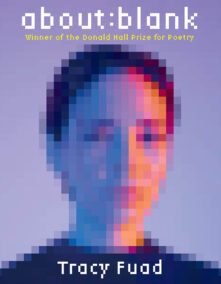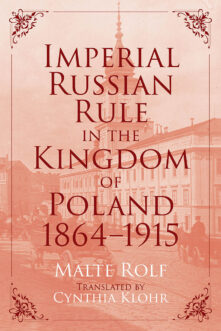Books
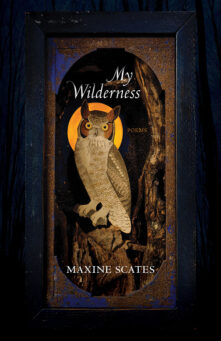
My Wilderness
Poems
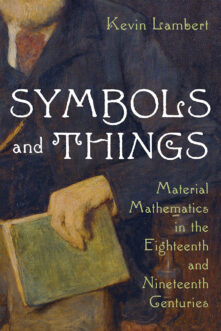
Symbols and Things
Material Mathematics in the Eighteenth and Nineteenth Centuries
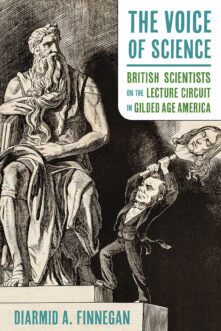
The Voice of Science
British Scientists on the Lecture Circuit in Gilded Age America

Little Pharma
Poems
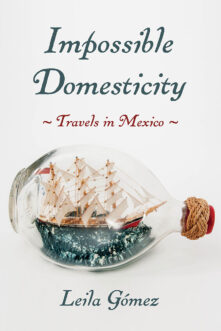
Impossible Domesticity
Travels in Mexico
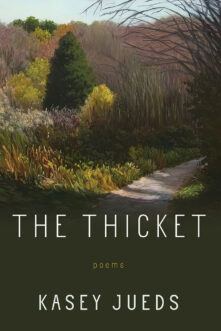
The Thicket
Poems
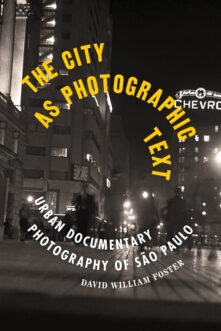
The City as Photographic Text
Urban Documentary Photography of São Paulo
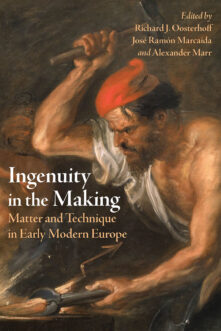
Ingenuity in the Making
Matter and Technique in Early Modern Europe
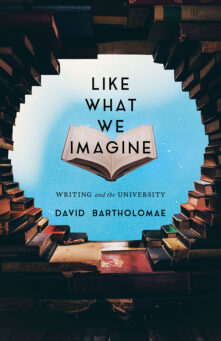
Like What We Imagine
Writing and the University
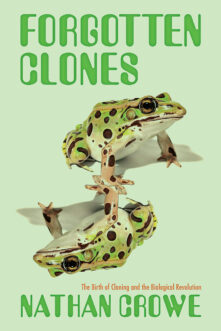
Forgotten Clones
The Birth of Cloning and the Biological Revolution

Teaching Black
The Craft of Teaching on Black Life and Literature
Total 1551 results found.


